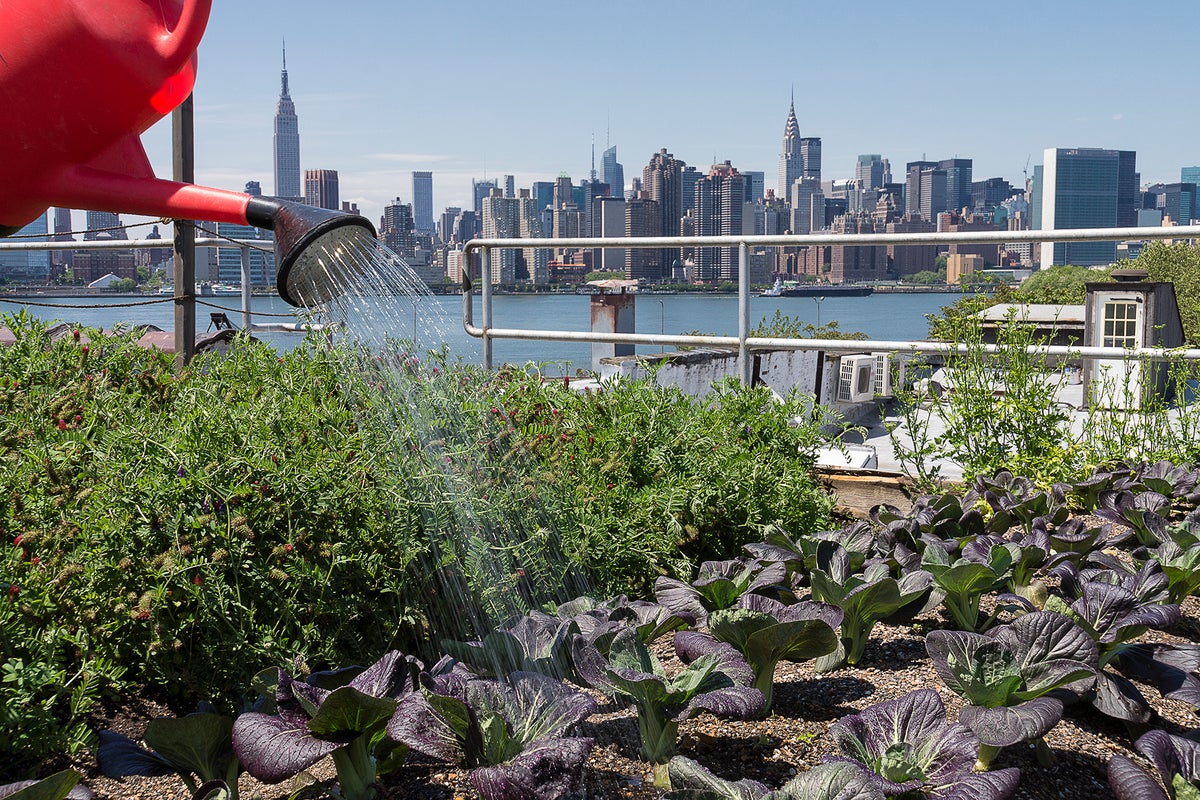City Blooming for Dummies
City Blooming for Dummies
Blog Article
Fascination About City Blooming
Table of ContentsThe Single Strategy To Use For City BloomingCity Blooming - QuestionsCity Blooming Fundamentals Explained4 Simple Techniques For City BloomingAll About City Blooming
Intrigued in expanding food to buy in the City of Chicago? Thinking concerning starting a neighborhood garden? Modifications to the Chicago Zoning Ordinance permit farming usages like neighborhood gardens and metropolitan ranches in numerous parts of the city. Below is a listing of often asked concerns relating to the policies and policies that cultivators ought to think about when intending a city agriculture job.
The zoning modification does not customize any kind of various other codes handling composting, structure authorizations, purchasing or renting City possessed residential or commercial property, business licenses or environmental contamination. There are existing codes that regulate these concerns and they remain completely effect and may apply to your task. Area yards are normally had or taken care of by public entities, public organizations or community-based companies and preserved by volunteers.
Urban farms grow food that is planned to be marketed, either on a not-for-profit or for-profit basis. Due to their industrial purpose, city farms need a service certificate.
5 Easy Facts About City Blooming Described
Composting is permitted but only for plant material that is generated and made use of on website. The quantity of garden compost product can not exceed 25 cubic lawns at any kind of provided time according to the standards in 7-28-715 of the City's Municipal Code. Yes. Because the dirt at the majority of new yard sites requires amending, compost, dirt, timber chips, or various other products can be acquired to construct or boost the growing space - sustainability.

If a building license is required then the hoophouse will be thought about an accessory building. You can learn even more regarding the structure authorization demands by contacting the Department of Buildings. The 25,000-square-foot size limitation is intended to stop a single area yard from controling an offered block or interfering with the block's existing residential or commercial character.
The limit does not relate to yards situated in Public Open Space (POS) districts. Can there be greater than one area garden that is 25,000 square feet on a single block? Yes. The dimension restriction relates to specific yards, not to private blocks. No. Secure fencing is not required, nevertheless, gardens that have large parking lot might be required to set up secure fencing or various other landscaping attributes.
Getting My City Blooming To Work
B1 & B2 areas call for that all industrial use activities be conducted indoors. Is fencing needed for metropolitan farms? Fencings may be needed, along with landscaping and screening, for certain parking locations and exterior job or storage locations depending on area and the details activity taking place.
Urban farms require structure permits and zoning authorizations prior to construction (eco-friendly practices). Various other forms of city evaluation might be needed depending on specific structures, activities, dimension, landscape design, licensing, public heath and stormwater management issues.
The Division of Service Affairs and Consumer Security can assist identify the specific kind of business certificate that's required. Off road parking is required for the balcony and patio garden design majority of commercial tasks in Chicago. The required number of car park areas is based on the number of workers functioning on site and not the square video of the growing room.
The Main Principles Of City Blooming

A metropolitan ranch can sell garden compost material generated on site, however, the procedure has to abide with the guidelines in 7-28-715 of the Chicago Municipal Code. Aquaponic systems are enabled inside on urban ranches in numerous zoning districts.
Approximately 5 hives or nests of honey bees may be kept as an accessory usage. However, beekeepers need to register with the Illinois Division of Farming. For more details regarding the recommended zoning modification you might get in touch with the Division of Real Estate and Economic Advancement, Bureau of Planning and Zoning at 312.744.8563.
Farming in cities and urban areas A metropolitan farm in Chicago. Urban farming refers to various practices of growing. http://prsync.com/city-blooming/, processing, and dispersing food in urban areas. The term additionally relates to the location tasks of pet husbandry, tank farming, beekeeping, and gardening in a metropolitan context. Urban agriculture is differentiated from peri-urban agriculture, which happens in backwoods beside residential areas.
City Blooming Fundamentals Explained
, that seek to create social networks founded on a common ethos of nature and area holism. These networks can develop by way of formal institutional support, coming to be integrated into regional community preparation as a "shift town" activity for lasting metropolitan advancement.
Some of the first evidence of urban farming comes from Mesopotamia.
Report this page